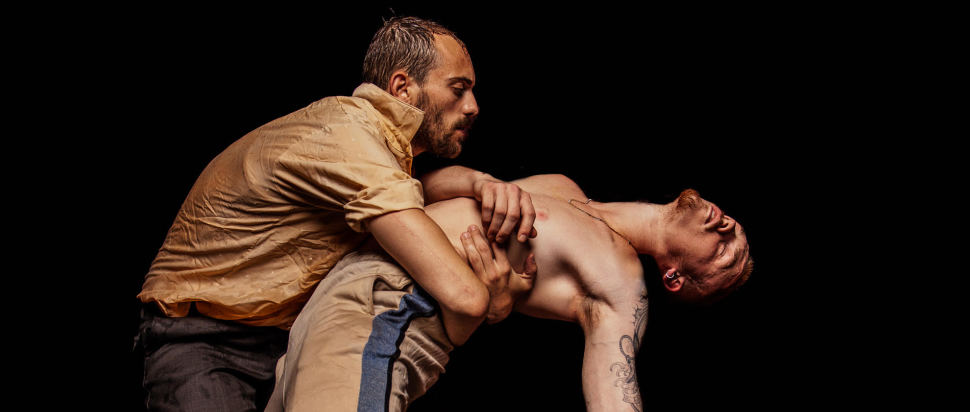Wasteland @ Tramway, Glasgow
Gary Clarke's sequel to Coal, Wasteland is a poignant and thrilling portrait of the British rave scene
Wasteland is the sequel to Gary Clarke Company's most recent production, Coal. While Coal looked at the Miners' Strike of 1984/5, Wasteland is an examination of the aftermath of its failure; the families and communities who were left ravaged and directionless by the demise of British industry. It's a thrilling dance production that conveys both the heartbroken despair of the miners left behind and the energy of the generation that followed who, without the employment opportunities enjoyed by their predecessors, sought to carve out new territories and communities in the illegal rave scene that sprung up in post-industrial Britain.
The most impressive aspect of Wasteland is that it successfully captures the complexities of the rave movement. The dance sequences are fun and the pulsating score is exhilarating, but rather than merely romanticising the 'eat, sleep, rave, repeat' culture that swept across Britain in the early 90's (a slogan now so iconoclastic and commodified that it's printed on thousands of t-shirts), the production firmly roots the upsurge of euphoria in its socio-political and historical context. It's made clear that Thatcher's government left a country so devastated by unemployment, poverty and despair that the youth responded by cultivating a sub-culture of escapism and oblivion.
This is most effectively achieved by the staging decision to place the 'Last Miner' – played with a heartbreaking poignancy by dancer Alistair Goldsmith – slumped centre-stage in a thread-bare armchair in front of the TV, drinking cans while his son (Tom Davis Dunn) and other young ravers dance frantically around him. While their children forge a new 'underground' community driven by dance, drugs and music in the derelict warehouses thier fathers once worked in, the middle-aged men who devoted years of their lives to fuelling Britain beneath the surface have lost thiers.
The most touching scene is an early dance sequence between father and son, whose physical expressions of frustration metamorphise from conflict to tenderness. It's performed perfectly by Goldsmith and Dunn, and gives a new poignancy to why so many young people were drawn to the 'dance until you drop' distraction of the rave scene.
The ending is a bit pat, but otherwise this moving and exuberant production can't be faulted. The energy and spirit of the entire cast is phenomenal, the cheorography is excellent and the inclusion of a community choir, unique to each area the production visits, is a touching component.
